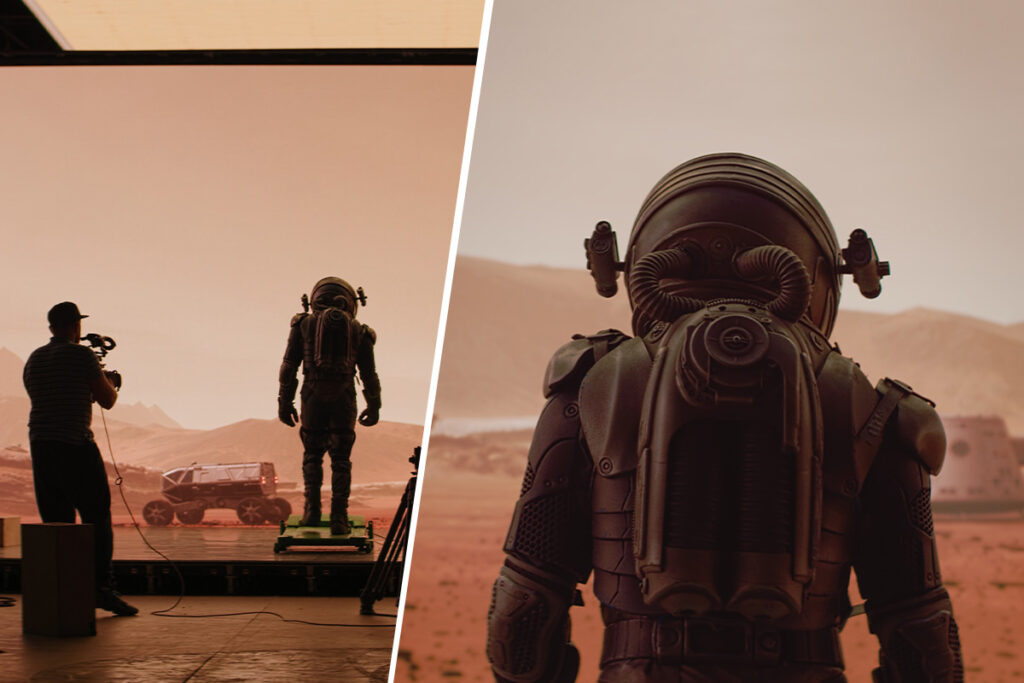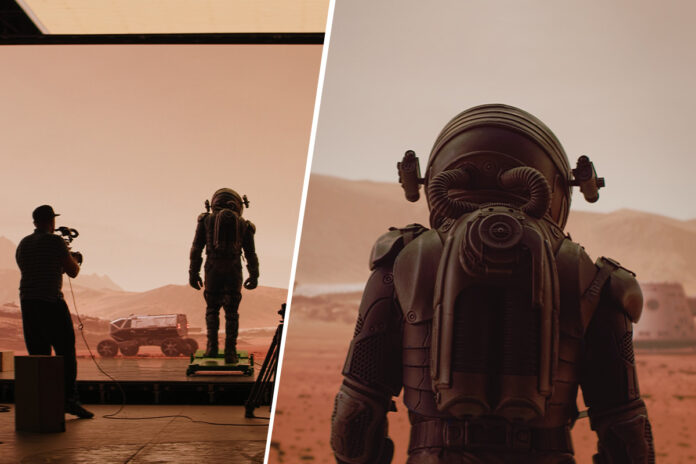
Introduction: The world of cinema has always been a realm of innovation and creativity, where filmmakers constantly push the boundaries of technology to create visually stunning and captivating experiences for audiences. One of the most remarkable aspects of this evolution is the advancement of special effects in film. From the early days of practical effects to the sophisticated CGI (Computer-Generated Imagery) we witness today, the journey of special effects in film is a testament to human imagination and ingenuity.
The Birth of Practical Effects: In the early years of cinema, special effects were primarily achieved through practical means. Techniques like miniatures, matte paintings, and stop-motion animation brought fantastical worlds and creatures to life. Classic films like “King Kong” (1933) and “The Wizard of Oz” (1939) showcased the creativity and dedication of filmmakers working with limited resources.
The Revolutionary Role of Ray Harryhausen: The 1950s and 60s saw the rise of Ray Harryhausen, a pioneering special effects artist known for his innovative use of stop-motion animation. Films like “Jason and the Argonauts” (1963) featured intricate sequences involving mythical creatures and dynamic action, setting new standards for visual storytelling.
The Practical-Effects Renaissance of the 1980s: The 1980s marked a resurgence of practical effects, with films like “Star Wars: Episode V – The Empire Strikes Back” (1980) and “The Thing” (1982) utilizing a combination of animatronics, prosthetics, and other tangible techniques to create memorable and often terrifying visuals.
The Digital Revolution and CGI Emergence: The late 1980s and early 90s brought about a seismic shift in special effects with the advent of computer-generated imagery (CGI). James Cameron’s “Terminator 2: Judgment Day” (1991) was a game-changer, introducing the liquid metal T-1000 character realized through cutting-edge CGI. This marked the beginning of a new era in film effects.
Milestones in CGI Advancement: The 1990s and early 2000s witnessed rapid advancements in CGI technology. From the groundbreaking dinosaurs of “Jurassic Park” (1993) to the bullet-dodging sequences in “The Matrix” (1999), filmmakers began to explore the limitless possibilities of digital effects to enhance storytelling.
Blending Practical and Digital Effects: Films like “The Lord of the Rings” trilogy (2001-2003) showcased a harmonious blend of practical effects, makeup, and CGI to create immersive worlds and characters. This integration demonstrated that a combination of techniques could yield the most authentic and breathtaking results.
Modern Marvels: CGI Spectacles and Realism: Contemporary cinema has witnessed a plethora of visually stunning films that rely heavily on CGI, from superhero blockbusters like the Marvel Cinematic Universe to mind-bending visuals in films like “Inception” (2010). The line between reality and digital artistry continues to blur.
Challenges and Ethical Considerations: As technology advances, filmmakers face new challenges, including striking a balance between practical and digital effects, avoiding uncanny valley effects, and addressing ethical concerns about digital de-aging and manipulation.
Conclusion: A Continuing Evolution: The journey of special effects in film has been a remarkable one, from the practical wonders of the past to the digital marvels of the present. As technology continues to evolve, filmmakers will undoubtedly discover new ways to push the boundaries of visual storytelling, captivating audiences and transporting them to worlds beyond imagination.

